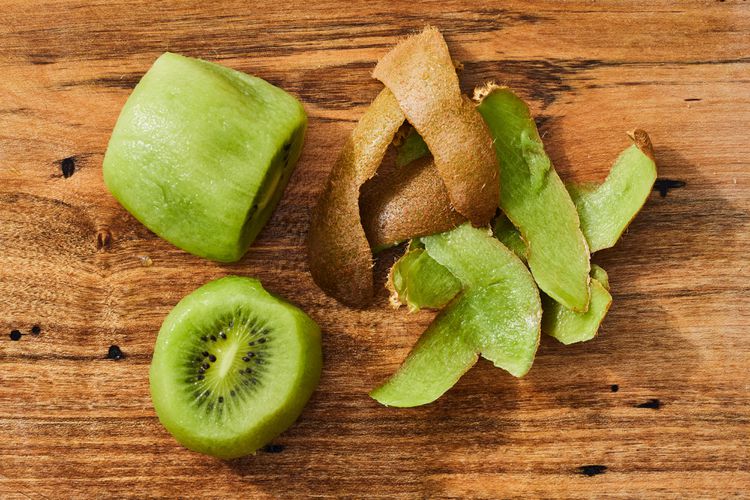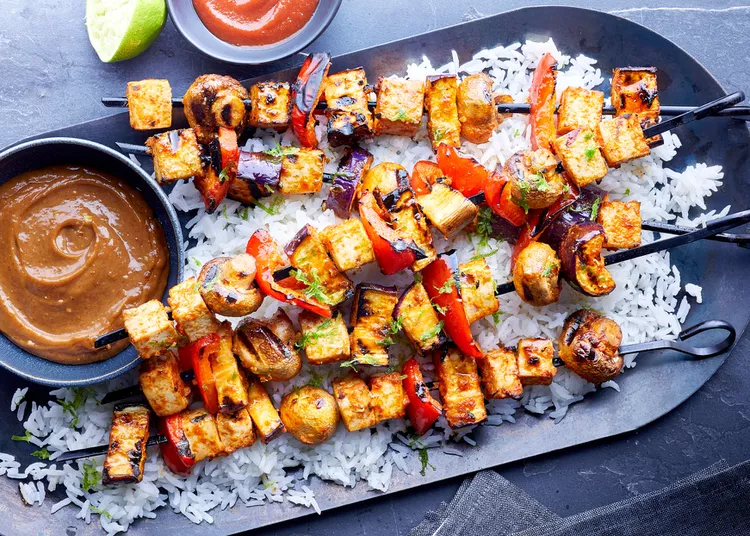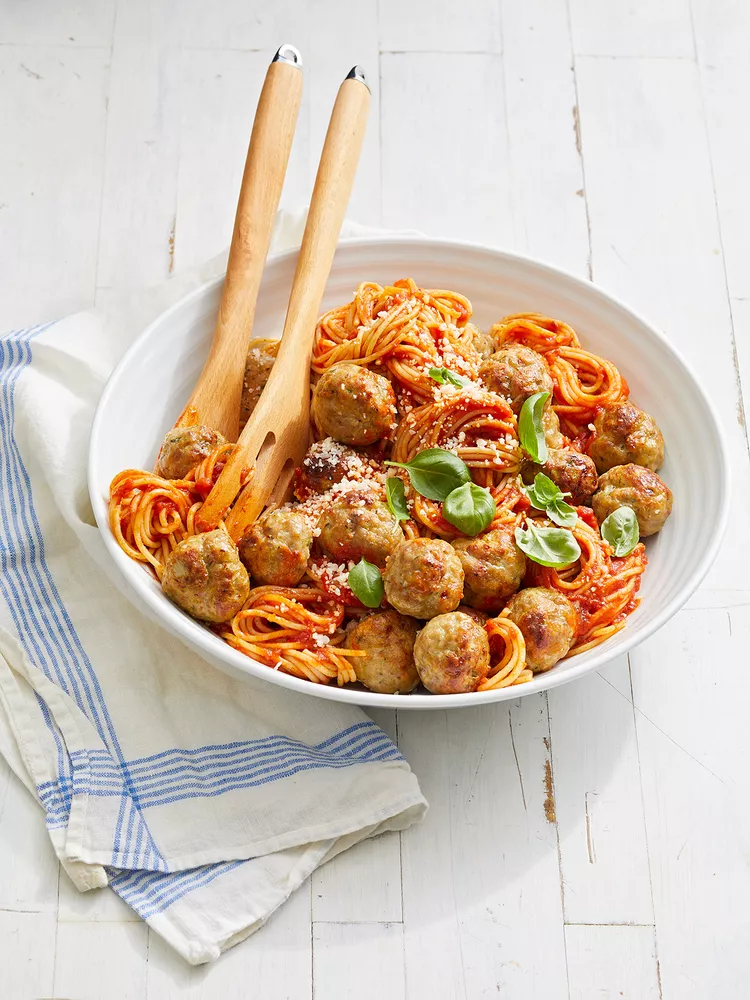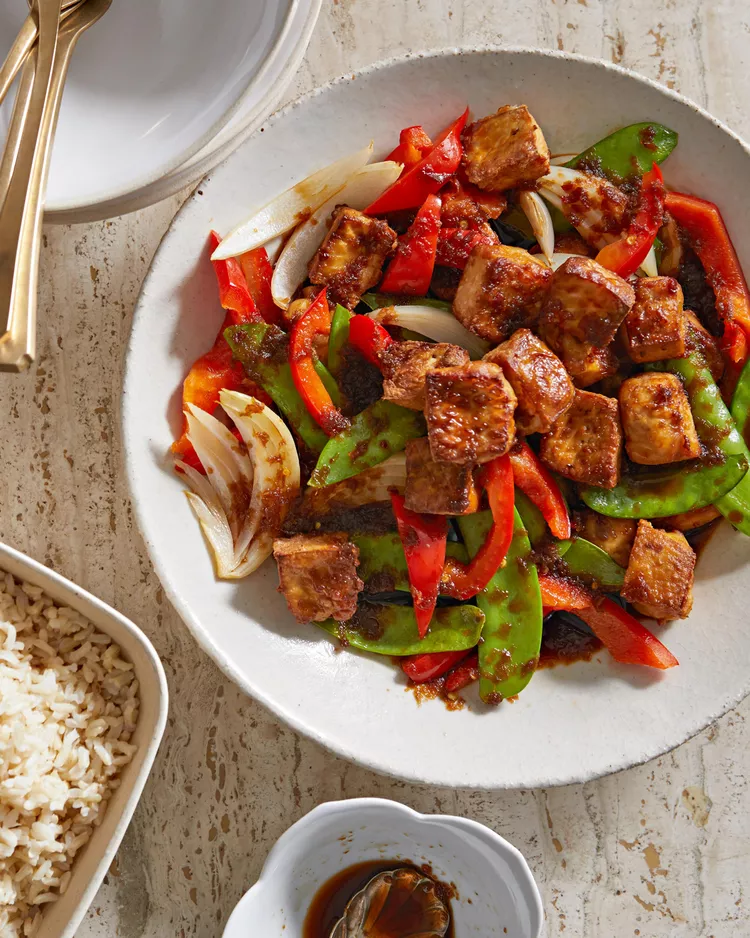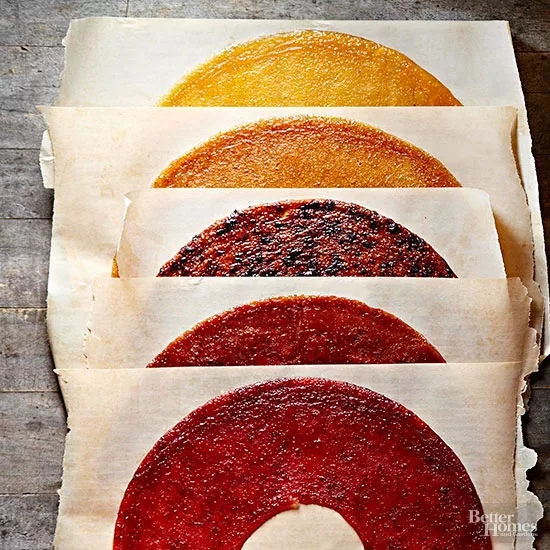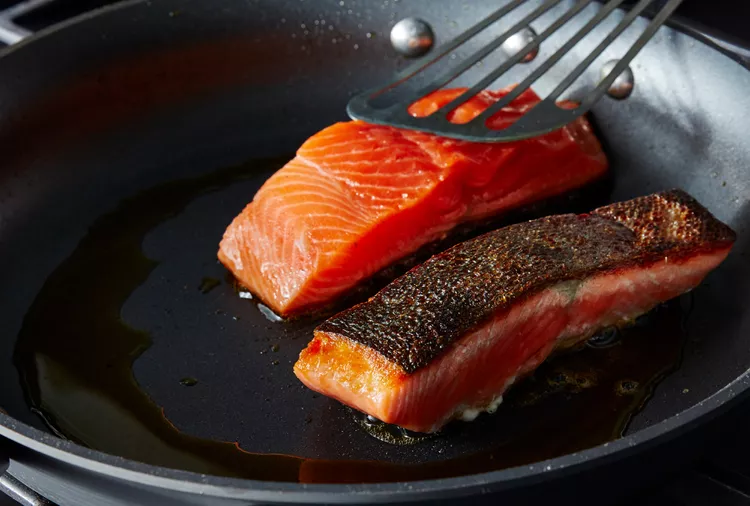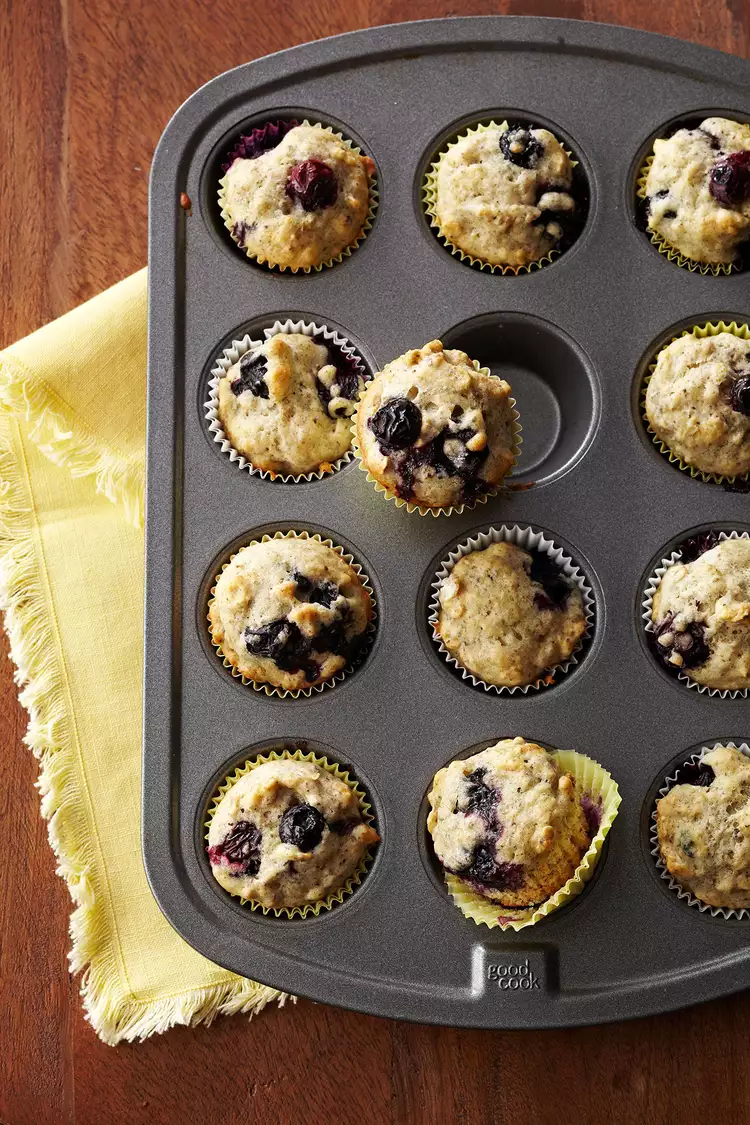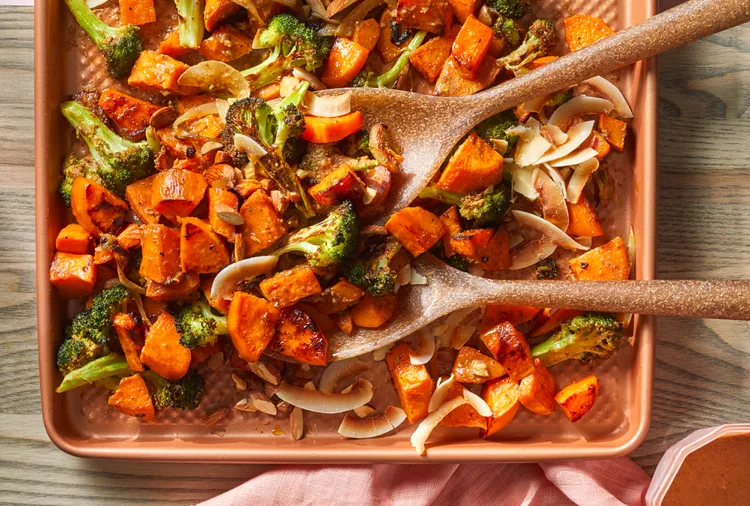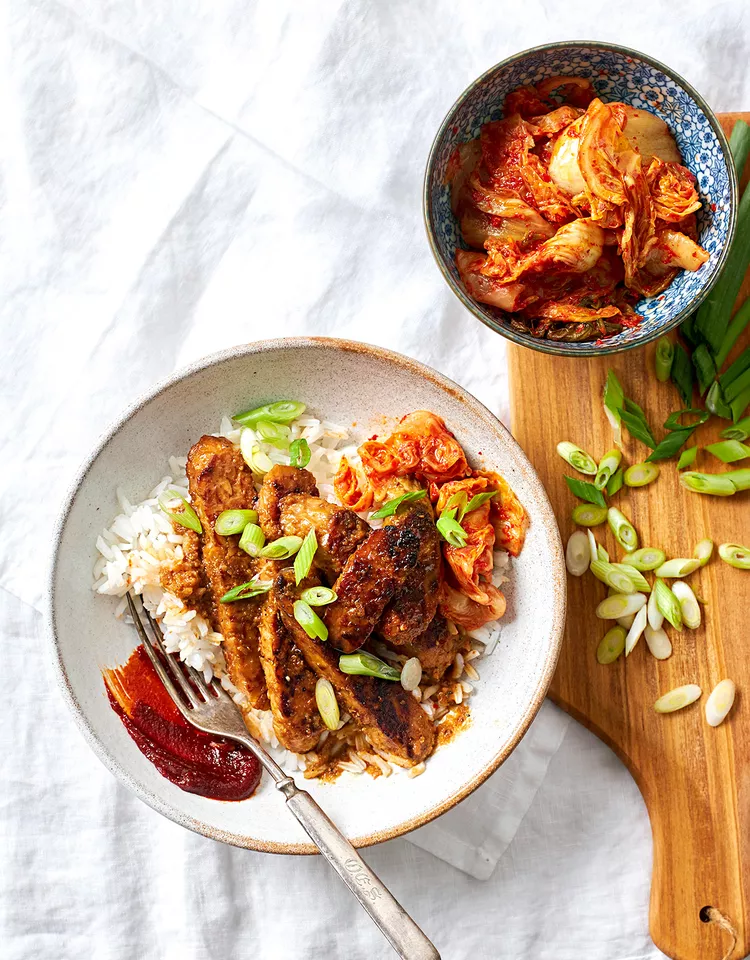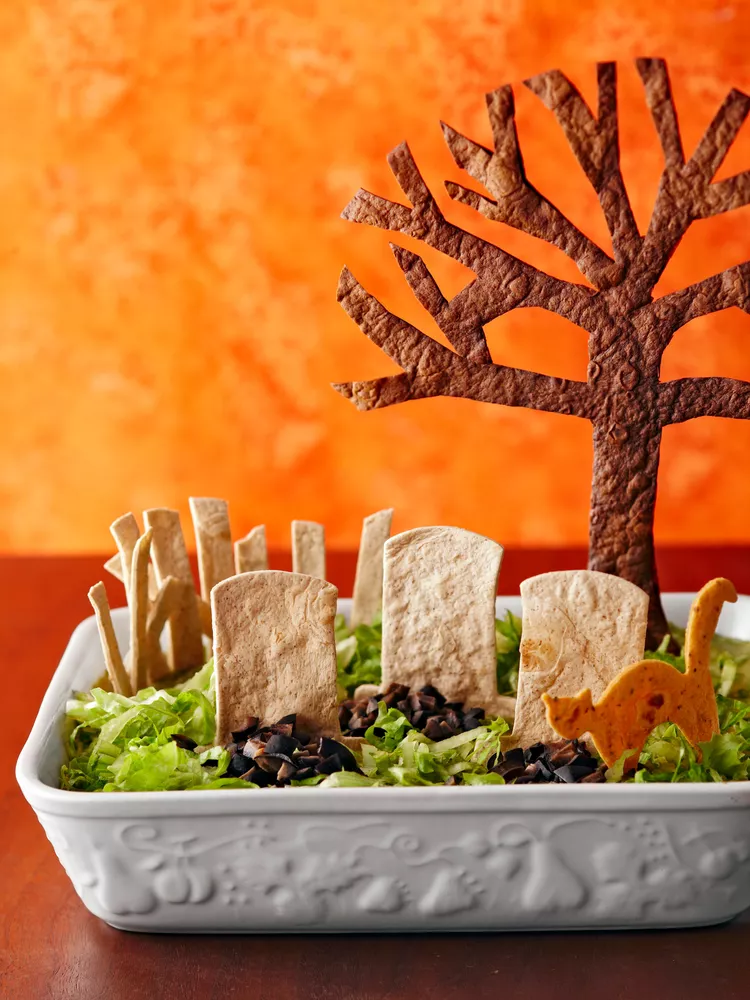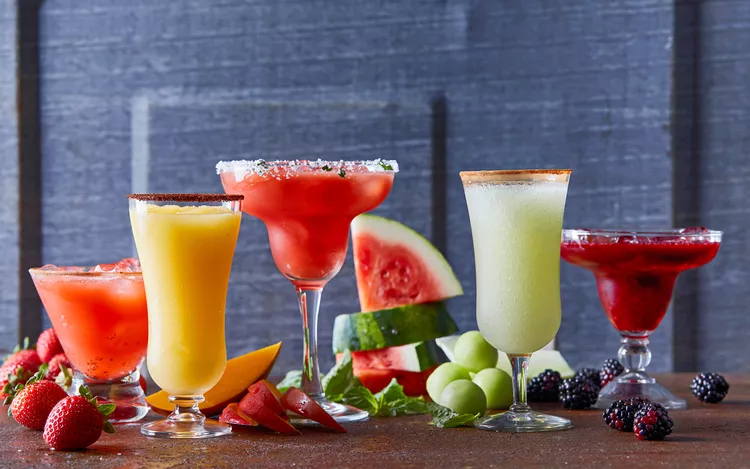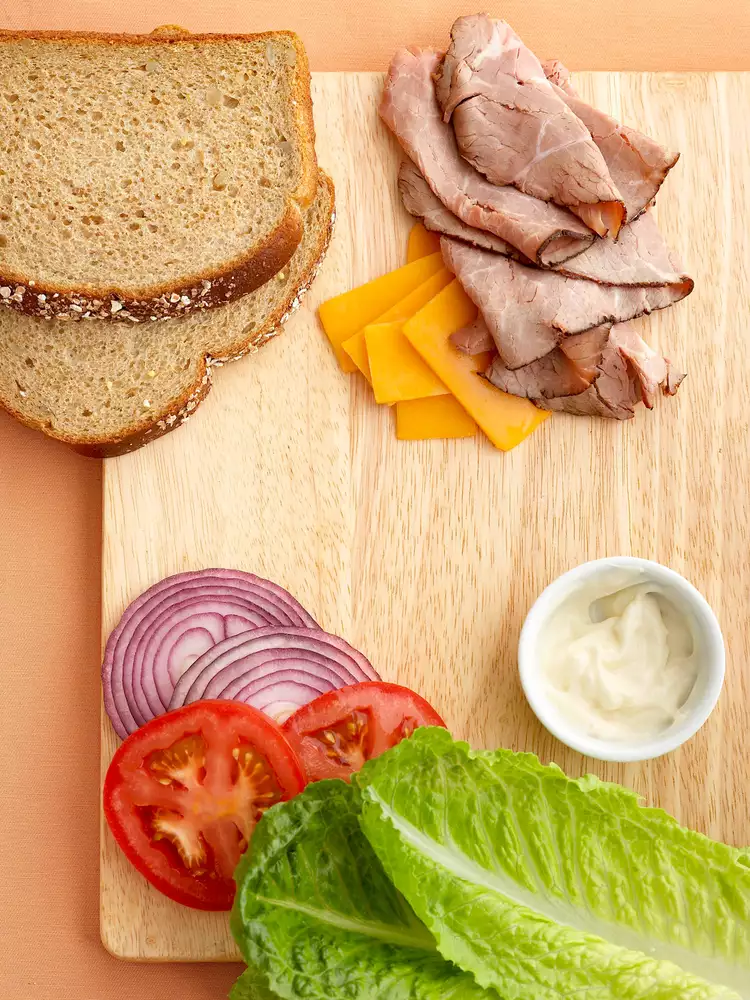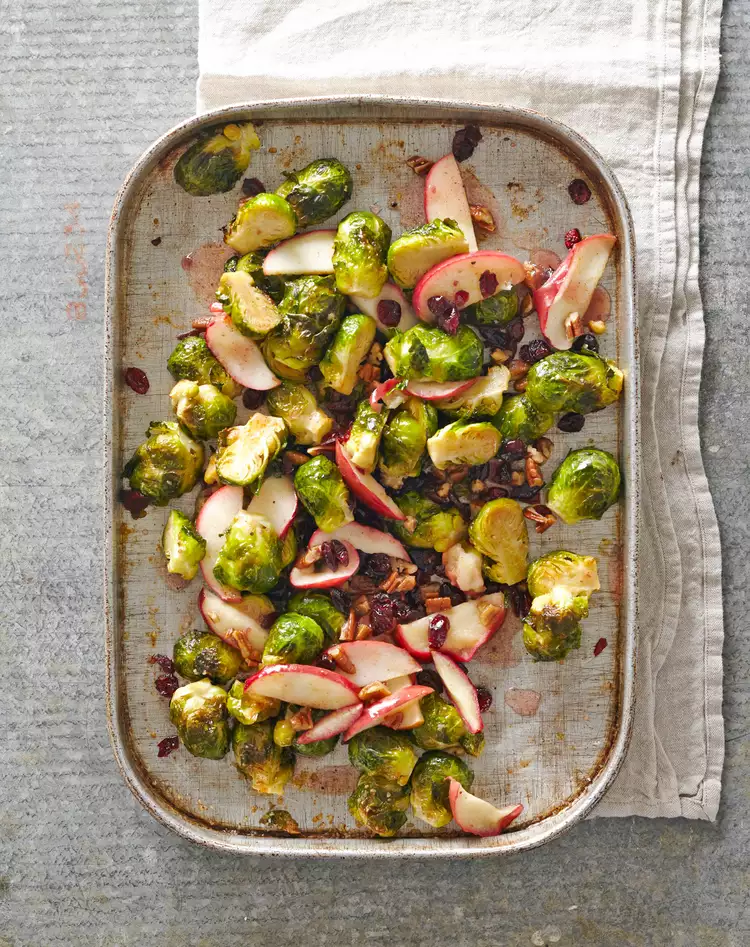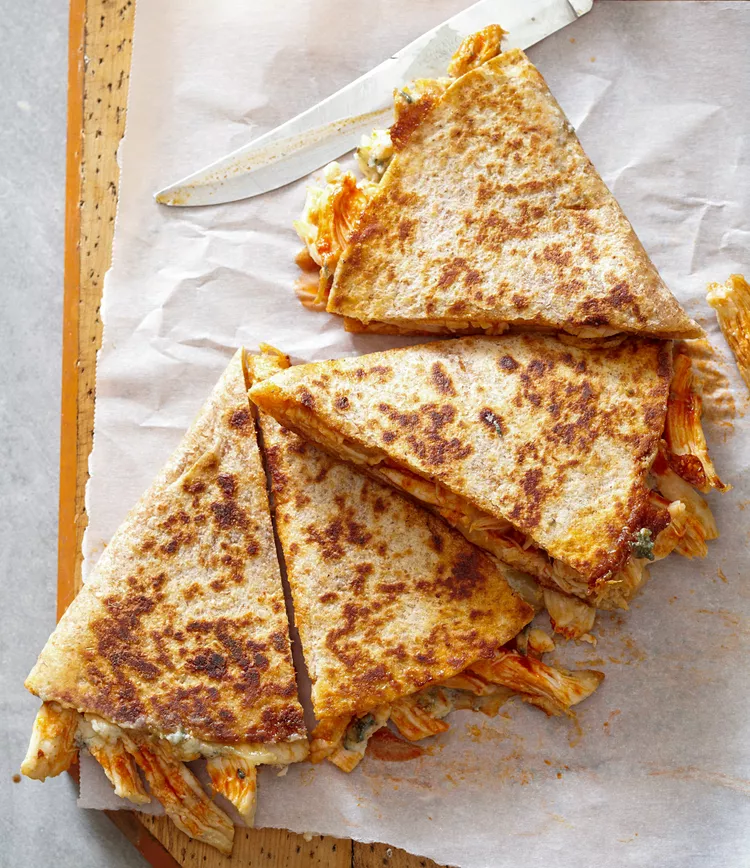Sweet, refreshing and loaded with health benefits, kiwis pack a lot into a small package. The small, egg-shaped fruit makes a great addition to smoothies, salads and desserts, and is also perfectly enjoyable as a snack on its own.
But while you might be used to peeling off the fuzzy brown skin of kiwi fruit with a paring knife, vegetable peeler or spoon, you don't actually need to. Kiwi skin is, in fact, edible—and it’s good for you, too.
We tapped Sarah Brekke, M.S., Better Homes & Gardens Test Kitchen culinary specialist, to tell us everything you need to know about eating kiwi skin.
Sarah Brekke, M.S., Better Homes & Gardens Test Kitchen culinary specialist
Can You Eat Kiwi Skin?
First things first: Yes, you can eat kiwi skin. The fruit’s fuzzy brown skin is completely edible, but many choose to remove it first because of its unique texture.
“Many people find the ‘hairy’ texture of kiwi skin unpleasant to eat,” Brekke says. “Besides a very unique mouthfeel, kiwi skins contain calcium oxalate crystals, also referred to as raphides, that can cause tiny scratches on the tender skin inside of the mouth. When the acid from the fruit comes in contact with these micro-scratches, a very unpleasant stinging sensation may occur.”
If you don’t mind the texture, go ahead and eat the kiwi skin. Not only is kiwi skin edible, but it’s packed with nutrients such as fiber, folate, and Vitamin E as well as antioxidants like Vitamin C.
Some even claim that eating a kiwi before bed can help you sleep better.
When to Avoid Eating Kiwi Skin
While kiwi skin is edible, there are some people who should steer clear of consuming it. Kiwi skins are high in oxalates, which are naturally occurring compounds found in many plants including leafy greens, vegetables, fruits, nuts, and seeds. Brekke says people who are prone to developing kidney stones should avoid consuming kiwi skins as the oxalates can bind with calcium and form more stones in the kidneys.
How to Prep and Serve Kiwi With the Skin On
Just before serving kiwi, make sure to wash the fruit well. “Always wash your produce before consuming to remove any pesticide residues, dirt, and/or germs—especially when eating the skins,” Brekke says. “For the best shelf-life of produce, we recommend washing just before eating because the added moisture on the exterior of produce items will accelerate the spoilage process.”
As Brekke notes, some sources also recommend soaking fruits such as kiwi in cool water with a little baking soda added for 10 to 15 minutes to reduce pesticide residues.
Once washed, kiwi can be eaten whole or sliced, diced, or cut into wedges to serve. Put it to work in one of our favorite kiwi recipes by throwing it into a smoothie, layering it on top of a breakfast parfait or chopping it up into a quick fruit salsa.
